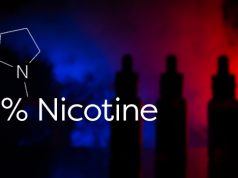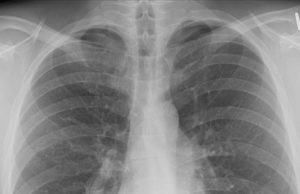Vape cartridges have recently come under intense scrutiny due to their role in concealing a new illicit drug known as “space oil.” This development has added urgency to the government’s push for stricter controls on vaping products.
The proposed restrictions emerged in response to growing concerns over alternative smoking products (ASPs) and flavoured tobacco, which were central topics in public discussions following a series of recommendations made by the Health Bureau in June. The new regulations will gradually expand beyond public spaces, forming part of a two-phase plan aimed at curbing the use of vapes and related products.
While the initiative is primarily aimed at promoting public health, some business leaders have expressed concerns that these stringent regulations could discourage international visitors and investors from engaging with Hong Kong’s market. However, health officials maintain that the long-term benefits of the ban outweigh potential economic drawbacks.
The full details of the legislative proposals are expected to be unveiled in the coming months as Hong Kong moves forward with its ambitious anti-smoking policies.
Regulating vs banning – what works?
The study highlighted Sweden’s dramatic reduction in smoking rates, with rates among men decreasing by 26.3 percentage points and women’s by 20.6 percentage points. By 2022, only 4.9% of men and 9.7% of women smoked, meeting the World Health Organization’s smoke-free threshold of under 5%.
At the same time snus usage increased, particularly among women, at 12.5% vs 7.3% among men. By 2022, one in 3.8 men and one in 7.7 women used snus, the infamous smokeless tobacco product widely used in Sweden but banned across the European Union.
Sensible regulations are key
Hong Kong’s vaping ban reflects a growing global divide in tobacco control strategies. While some governments opt for strict prohibition, others, like Sweden, embrace harm reduction, successfully lowering smoking rates through regulated alternatives like snus. The GSTHR 2024 report highlights that evidence-based, proportionate regulations are key to reducing smoking-related harm. As Hong Kong moves forward with its anti-vaping policies, the long-term impact remains uncertain, especially as other nations demonstrate successful alternatives to outright bans in achieving smoke-free goals.








